About Me
- GOALL To facilitate the process of learning through play. Here is personal example of what happens when experiential play becomes a reality. (just cut and past this link): http://youtu.be/gdorLRxDWcg
- Introducing Mr. Patrick Wilmot, new email: wilmot.patrick@gmail.com
My professional background
To whom it may concern.
The professional background of Mr. Wilmot
The greatest asset I have to offer you lies in my ability to connect with people regardless of their race, gender, color or religious affiliation. My First Nation’s background and visual impairment have proven to be a gift, as it enables me to transcend cultural differences. Further, I do have extensive knowledge of residential life, K – 12 as student at the Halifax School for the Blind.
While I do not drive, I have managed to get around very well. Experience has determined that as soon as others understand what I have to offer, transportation issues begin to become accommodated. In the meantime, my wife is prepared to bring me where I need to be. I also have a mountain bike. In my last job I served six first nation communities without the use of a car. I ranged from Antigonish to the Digby area. Over the past six years I have established a presence with The X Project, North Nova Educational Centre, Hants East Rural High, Cobequid Educational Centre, Riverside Educational Centre. Pictou Landing Elementary School, Pictou Middle School. I have also made some very good inroads with the Chignecto-Central Regional School Board. I continue to enjoy collaborations with various personal of the board.
· I have 30 PLUS years of experience with organizations that incorporate Experiential & Service Learning as core elements to their programming. It is these types of organizations which keep thinking outside of the block.
VIDEOS AND FACEBOOK LINKS THAT SHOW CASE MY WORK.
CALAGARY MI'KMAQ VENTURE TEAM TAKE THE LEAD TO PROVIDE LEADERSHIP TRAINING AND DEVELOPMENT.
MVP TEAM PROVIDING LEADERSHIP WITH THE MI'KMAQ FAMILY YOUTH.
TIME HORTS CAMP CELEBRATION OF MI'KMAQ VENTURE PROGRAM. A FOUR SITE GATHERING OF YOUTH, VOLENTEERS, TIM HORTONS AND MVP STAFF AND OTHERS.
http://youtu.be/-UvAOKxVSLk
FACEBOOK LINKS I HAVE CREATED TODATE.
MY CURRENT JOB WILL SUNSET IN JULY 2013. I GET TO OVER SEE FOUR FIRST NATION SITES. I AM VERY PROD OF HOW THIS SITE GETS USED BY: MY STAFF, PARTICIPANTS, MENTORS AND OTHER FOLKS WHO ARE TRACKING OUR PROGRESS. ITS A CLOSED GROUP
https://www.facebook.com/groups/mvpfoursites/
IN THIS NEXT LINK YOU SEE WIL SEE WHAT INDIAN BROOK FIRST NATION'S CHIEF AND COUNCIL THINK ABOUT THIS EXPERIENTIAL PROGRAM.
http://www.youtube.com/watch?v=Iz21aHeWAEw&feature=em-upload_owner
I AM VERY PROUD TO SAY THAT AFTER ALL MY YEARS OF INTEREST WITH THIS WORK, NOVA SCOTIA WAS THE FIRST IN CANADA TO ROLL OUT THIS PRORGRAM. AND I WAS THERE TO COORDINATE THIS INITIATIVE. FOR MORE DETAILS JUST CLICK OR CUT AND PAST THIS LINK: http://www.niylp.org/projects/project-venture-gallup.htm IN 2011 I WAS HONORD BY THE NATIONAL INDIAN YOUTH LEADERSHIP PROJECT FOR MY YEARS OF SERVICE. AND WAS GIVEN A NAVHO BLANK. ALSO AT THAT TIME I HAD CREATED A CLOSED GROUP FOR TRAINERS HELPING TRAINERS. IT A PLACE WHERE WERE REPLICATION SITES CAN EXCHANGE IDEAS.
https://www.facebook.com/groups/205867632845141/
As the recipient of the Charles Ballem Award 2008 2009, from Dalhousie University.
About the award: All graduates from the Bachelor of Recreation or Bachelor of Science (Recreation) programs are eligible for this award. The successful candidate must have demonstrated exemplary leadership in the recreation/leisure profession. This could be demonstrated by leadership in a professional organization, through research/graduate work or through major and innovative approaches/accomplishments in programming in a recreation
environment.
· 19 years experience of processing and facilitation skills with both large and small groups within conferences, leadership camps, classrooms and community based settings, utilizing those skills associated with Appreciative Inquiry. Six of those years have been utilized within the public school system.
· Three years experience with a researching method called: Participatory Action Research. This approach was utilized to acquire data from three First Nation Communities throughout Atlantic Canada.
· Appreciative Inquiry is a cornerstone to the way I work with others. The focus is on “what are we doing right”. In doing so, groups become more productive. I utilize this approach when collaborating with others. For more details please refer to the CD, then click MTC, look for a file called, I integrate. This is a word-perfect document - slide show. This approach has been utilized to serve K – 12, conference settings, teachers and health professionals.
· When it comes to creating experiential programs and opportunities to make healthy choices, the National Indian Youth Leadership Project Inc comes to mind. Since 1982, I have been collaborating with this organization in the hosting of 100 plus leadership camps with NIYLP and the National Youth Leadership Council located in St. Paul, Minnesota. I have also worked with NIYLP on a full time basis for two and half years (1999 to 2001), managing an experiential program entitled Project Venture. During this time I acquired an in-depth knowledge of how they manage their best practice programs. I continue to maintain a good working relationship with NIYLP and continue to so annually.
· Ropes Course: The actual name of the teambuilding unit that I own is called the Performance Plus Package created by Mobile Team Challenge (http://www.mobileteamchallenge.com/shop.php?cat=1 ). This is a gift bestowed upon me by the National Indian Youth Leadership Project (www.NIYLP.org ) in New Mexico in appreciation for my work with them. This equipment “…is designed especially for the corporate environment, delivering sustainable team development initiatives that are outcome focused and purpose driven. This course fully supports the company interested in integrating experiential learning into their training and development program, offering maximum flexibility and creativity, and the ability to service large groups.” For more details regarding this equipment visit their web site at:http://www.mobileteamchallenge.com/shop.php?cat=1 and click products. I have nine years of experience in working with this equipment. Please feel free to contact Cheri B Torres PH.D.cheri.torres@gmail.com or by phone: 828-225-5088 (one of the founders of Mobile Team Challenge) regarding my work.
My work with the Chignecto Regional School Board, March 2005 - 2007, has led to a variety of ventures:
1: 2005 to the present: Patsy Paul Martin, A First Nation representative, sponsors me one day a week to serve schools within CCRSB to conduct leadership training and development sessions. Jason Baxter of Breakfast Television (a local television station) has interviewed me on air demonstrating the equipment.
2: March 2006: an invitation to participate in an international youth leadership initiative based in Campeche City, Mexico. My role was to provide 9 to 12 hours of experiential programming and leadership training. To accomplish this task I brought with me a portable ropes course.
3. March 2007: I was influential in having three teachers from Truro Junior High attend a Service Learning conference in Albuquerque, New Mexico.
I trust this information will provide you with a clearer picture as to who I am, and what I have to offer you in the future.
My Accomplishments
After School leadership class: I teach students how to work with adventure education equipment. Then I bring the students to other schools to show them how the equipment and leadership training works in another environment. After each class I teach, we spend some talking about what they have observed. As I teach I slowly engage my students to take on more and more of the administrative process in leadership. In other words, they begin to do more and more of the set up, they begin to speak with teachers regarding the set up and eventually they will teach a class under my supervision. Our students learn by example. They discover the importance of public speaking, and they become more familiar with another educational environment. Our students learn through play that they are their own best resource. I am also tapping into their self worth and self-esteem.
Leadership Camp: I have been involved with the National Indian Youth Leadership Project, for over 26 years. During this time I have brought a wide variety of First Nation students and adults from Indian brook N.S., Listuguj P.Q. and Millbrook N.S. to participate in a Indian Youth Leadership camp. While working at our LSK school, there have been a number of individuals who have expressed an interest in becoming involved with this camp. One of the greatest things that have happened, is that our school is exploring how adventure education can play a greater role in the education of our students. July 2009: While MCing an Indian youth leadership camp in New Mexico, I learned that there will be three First Nation communities in Nova Scotia who are ready to replicate (An all year round adventure based program, http://www.niylp.org/projects/project-venture-national.htm) Project Venture in to there communities. In all likely hood, I will be asked provide training where needed as these project become a reality.
Further Education Notes:
Curriculum: There is a movement to create a curriculum based on the classes I have taught throughout the school year, thus allowing more schools to follow in our footsteps. This will also create partnerships with other core-subject area teachers to enhance their curriculums and student interest.
Olympic Torch Run: In all likelihood I will be one of the persons carrying the 2010 Olympic torch. The Vancouver 2010 Torch Relay team is currently processing my torchbearer profile and will be in touch with me to confirm my participation within three to six weeks of the proposed run date, November 21, 2009.
Award: In June 2009 I received an alumni award from Dalhousie University. This award is given to those individuals who are make contributions to field of recreation and leadership. So I must be doing something right with this adventure education stuff.
Run against Racism: Students have explored racism and taken steps to show their interest in taking a stand against it. It was noted that in the twenty years that the run against racism has been in operation, it experienced a first this spring. The organization has never experienced so many First Nation runners. I was proud to be a participant as well as a leader that guided the students as they explored this concept of racism. Students enjoyed themselves and there is a desire to make this event even larger next year. Also, I hope to pulling a rickshaw throughout the 22 miles. There is a lady with CP who wants to be with the runners next year, so this is my way of getting her more involved.
Flagship: I am also pleased to share with you that our school has been identified as a flag ship school. I was told that there are virtually no schools in Nova Scotia, Native or non native who have embraced adventure education as our school has. Making LSK a cutting edge school, when exploring adventure education and how it co-mingles so easily together.
Non-profit: I have created a not for profit with the name of First Nation Steward. This organization was created so that more of our people would be able benefit from the virtues of adventure education. I am pleased with the manner in which my board has embraced the work of the board. We are currently exploring various grants to pursue.
Exchange: I have been working on a student exchange in Germany, my friend just so happens to be a teacher. She has also seen me teach the adventure education class. So we are actively exploring how our students can meet.
Indian Brook Canoe kayaking program: Another achievement: I am one of the founders of this program. We have accomplished much in a short period of time. This summer will be our fourth season. A National Aboriginal Regatta-Onake Paddling Club- September 8, 2007. Indian Brook brings home: 6 gold, 3 silver and 2 bronze. As young as we are, we competed against clubs who have been around for approximately 20 years. We now have our sites on the Northern American Aboriginal Games (NAG).
My Bio from Dalhousie University Dated 1989
In a windowless office tucked behind a bingo hall in downtown Halifax, Patrick Wilmot tells you about growing up blind and Micmac in the Maritimes. He talks about his life at the Halifax school for the Blind, enduring the racial slurs of kids who couldn't even see the color of his skin. He shows you the middle knuckle of his right hand--swollen, disfigured from pounding walls, ceilings and floors in potent rage. "Once they get you mad, they'd disappear," he says, "Then you'd have all this energy. Where are you gonna put it?'
He knows it's a question that plagues other native Canadians struggling to beat the odds in a white world. Just as he knows that too many of his people find their answers in alcohol, crime, and welfare. But as co-ordinator of the transition program--which tries to restore Indian pride and self-esteem--at the Micmac Native Learning Centre in Halifax, he also knows it doesn't have to be this way. “We don't choose our battles,” he says, “but we have to work with what we have."
Wilmot, 28, is his own best example of what he's talking about. He was born on the reserve that sits on the banks of the Restigouche River in Quebec. Wilmot's father, Barney, dug ditches and drove trucks to scratch out an existence for himself, his wife Marion, and his 11 children. This tough life became tougher when Patrick developed cataracts in both eyes at the tender age of two. He became an outsider among his own people. Kids would trip him and throw rocks. Although he underwent surgery twice, he was legally blind by age of five. A year later, he left the reserve, where autumn transforms the countryside into a blaze of color, for the Halifax School for the Blind. Far from family and home, and able only to speak Micmac, Wilmot was an outsider once again.
"At the school, I had this feeling of there being an invisible law that people didn't get too close to you. And when you're six or seven, you're wondering.... “Who's my Mom? Who's my Dad? Where's my language? Where's my culture?” Because you're different, word gets around. People talk. You get labeled: “'Oh here comes that redskin.” You become the problem.
His days became a constant battle. His schoolmates subjected him to cruel taunts such as "Ring Around the Indian," a game which ended when his tormentors ran away giggling, leaving him drowning in fury and frustration. As the years passed, little changed. The bullies just grew older and Wilmot more bitter. Back home, he was "The Red Apple"--Indian on the outside, white on the inside. In Halifax he was still the blind Micmac.
And then Wilmot discovered sports. It was something he liked, something he understood, a refuge from racism and intolerance. It was also something for which he had talent. In 1979, he won a gold medal at the Canadian Indoor Games for the Blind. A year later, he earned an all-round athlete award at a meet in Ottawa.
Life was beginning to improve in other ways, too. While training for competition, Wilmot met Ernie and Betty Nickerson, a Dartmouth couple who liked to host children from the School for the Blind in their home during holidays. Wilmot says they were the first people who were willing to accept him as he was. "They didn't distinguish between native and non-native people. They just accepted that people are people.
Betty Nickerson remembers Wilmot as likeable, quiet, but sensed in him a determination to succeed. "He was really starting to think about future and direction for his own life. He would take everything in and sense things before he would talk, before he would say anything. If he sees something in his mind that he wants to do, he’ll do it.”
At the time, what Wilmot most wanted was to escape the School for the Blind. He rented his own apartment in Halifax, registered at Queen Elizabeth High School and eventually earned his diploma.
Wilmot can't recall precisely when he started to feel better about his life. He attributes some of his resolve to the influence of his mother, whom he describes as strong and resilient. "It was like going to the ocean and watching the tide go in and you don't realize it," he says. “It was a process." Even though he had no particular career ambitions, he decided to enroll in the Transition Year Program at Dalhousie University in 1981. “I don't know what made me do it. I just wanted to see if I could"
At Dalhousie, Tony Richards a professor at the School of Recreation, Physical and Health Education, was impressed with Wilmot's determination. But he also recognizes his disadvantages. He knew the young man was trying to work within a system that made few concessions to disabled, and minority students. He suggested that Wilmot take part in a youth leadership conference for Cherokee Indians in Michigan. The conference was designed to persuade native people that what the white world regards as their "disability" was really their strength. Wilmot seemed to embody that principle.
"He was like a sponge," Richards says, “He was able to soak up enough information as he could in a very short time and was able to give that back out again; to translate a lot of what non-natives were dong in Indian ways. His energy and enthusiasm never seemed to cease."
Others recognized Wilmot's skills too. He was asked to return as a leader at several other native conferences throughout the United States. Says Richards: "He was one of the few students who had a mission and a plan for himself to use his education for the benefit of Indian people."
Although he has been transformed from angry child to clear-minded adult, Wilmot--who recently married--works to break down the walls that keep his people poor and desperate. Knowing that only 15 per cent of native Canadians ever make it to grade five, and a mere two percent earn university degrees, he gives talks about Indian people to school children. When he is not counselling disadvantaged natives, aged 18-60, at the Micmac Native learning Centre, he donates his time to the Halifax-Dartmouth Helpline. He works extensively with Indian youth leadership programs in the United States. Someday, he hopes to establish a centre for native youth and research in Atlantic Canada. And those who know him have no doubt he will achieve his goals. "Without question he will be a very active leader in the Indian community,” says Richards. "We'll see Patrick being responsible for making some differences in the Micmac community, and not just Nova Scotia. Ten years from now, his is a name people will know."
Says Wilmot, "I don't know why me--if something’s in the cards for me or what." Wilmot says," But I realized that to be angry just perpetuates the system. We have enough bitterness around us already."



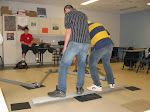
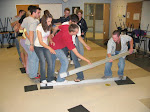
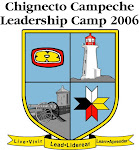
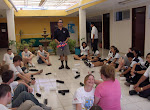
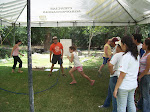
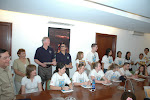
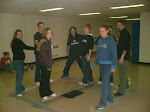




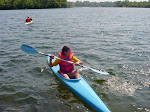
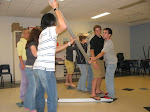
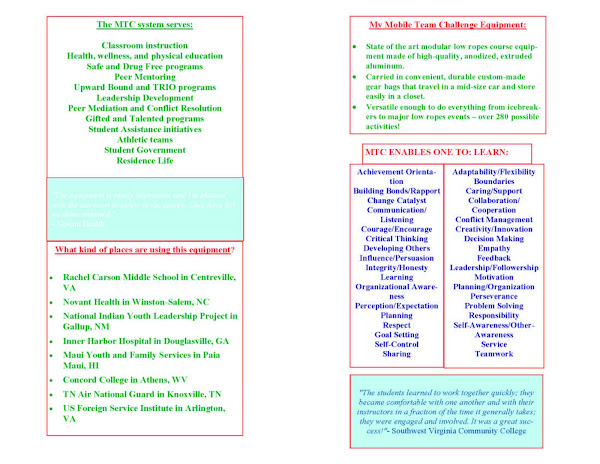
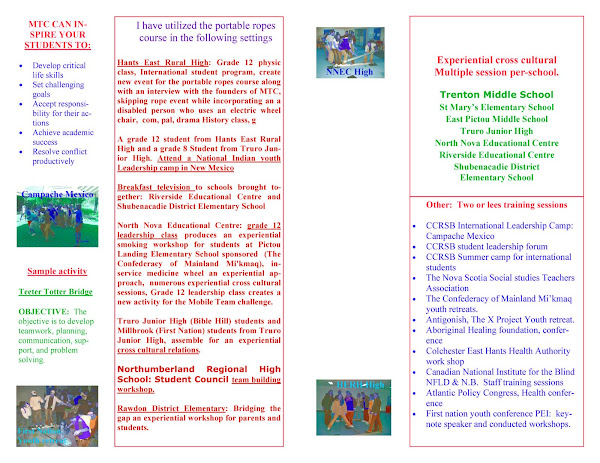
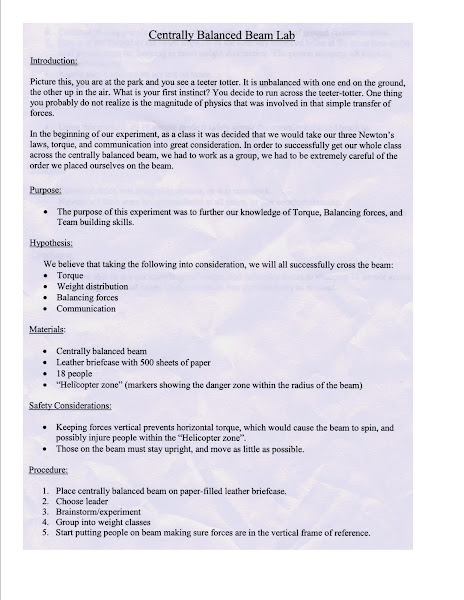

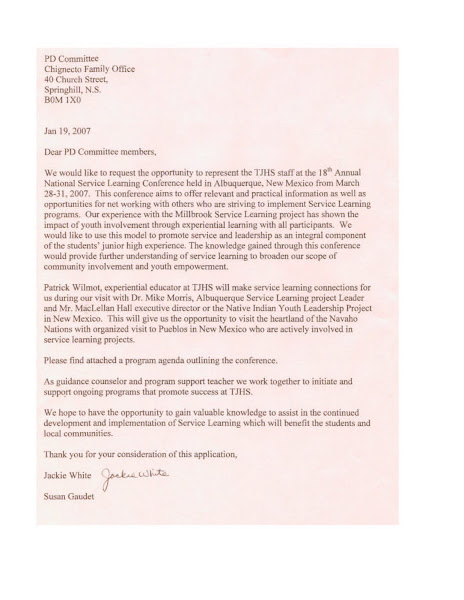
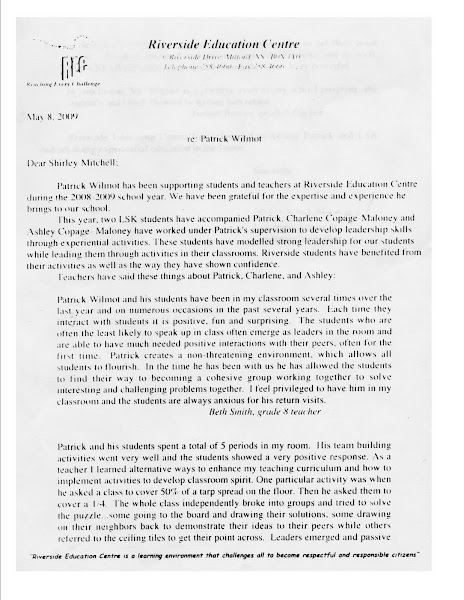
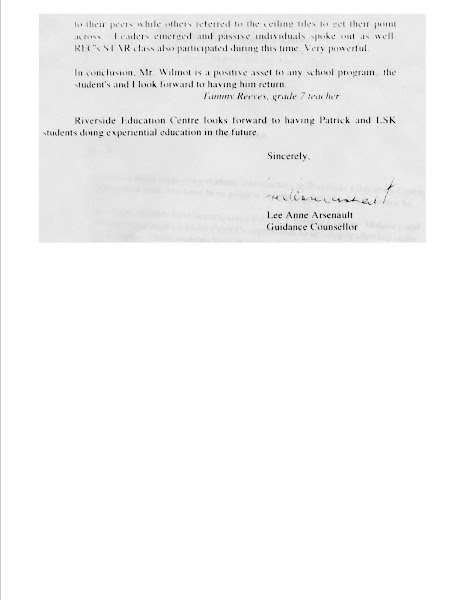

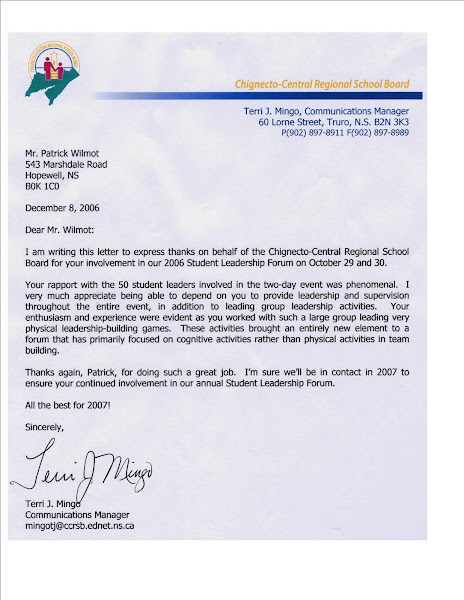
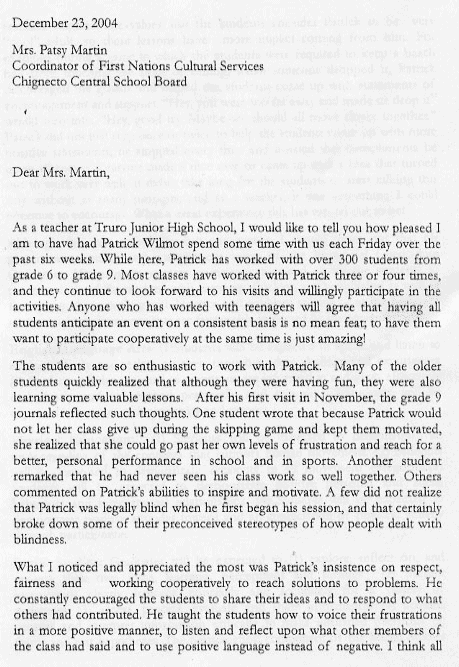
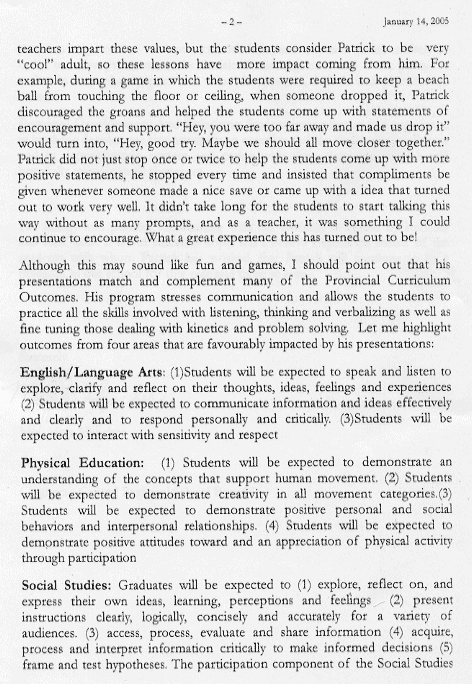
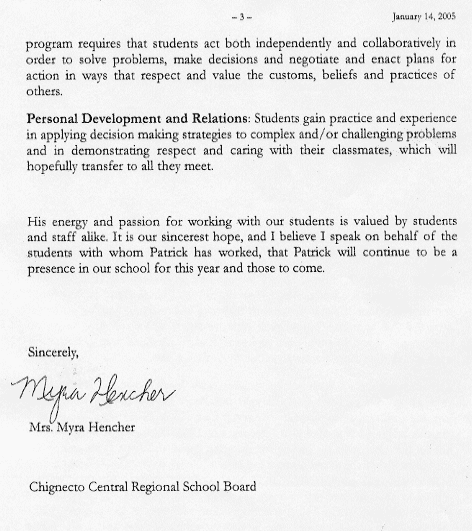
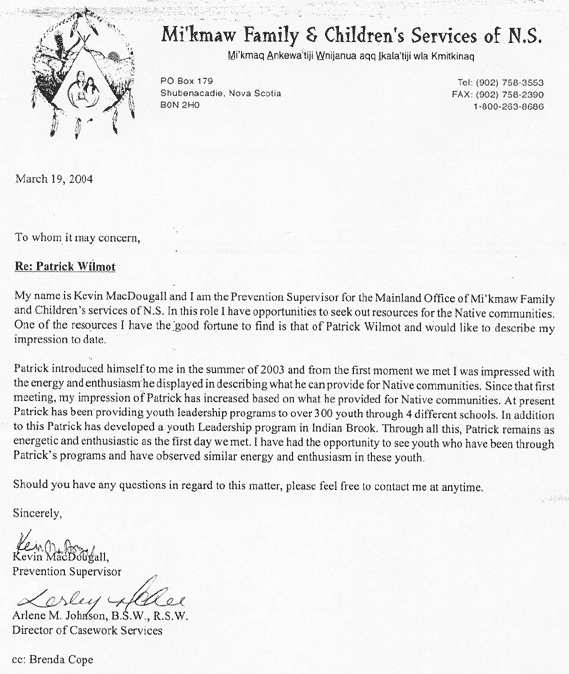
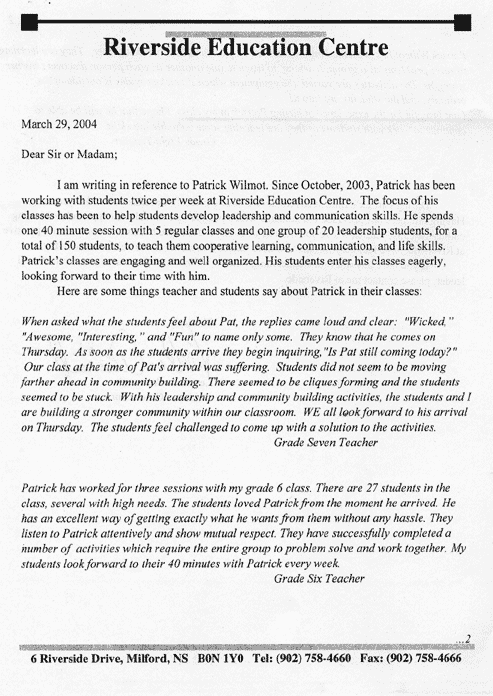
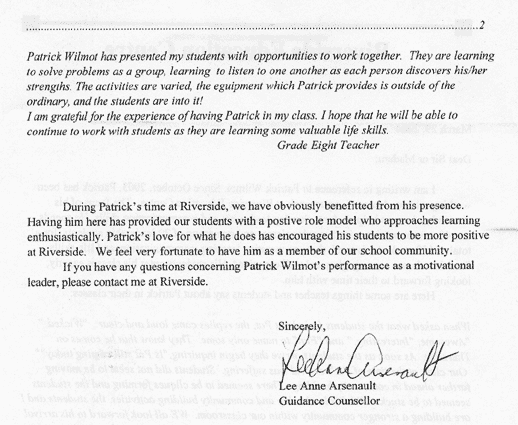
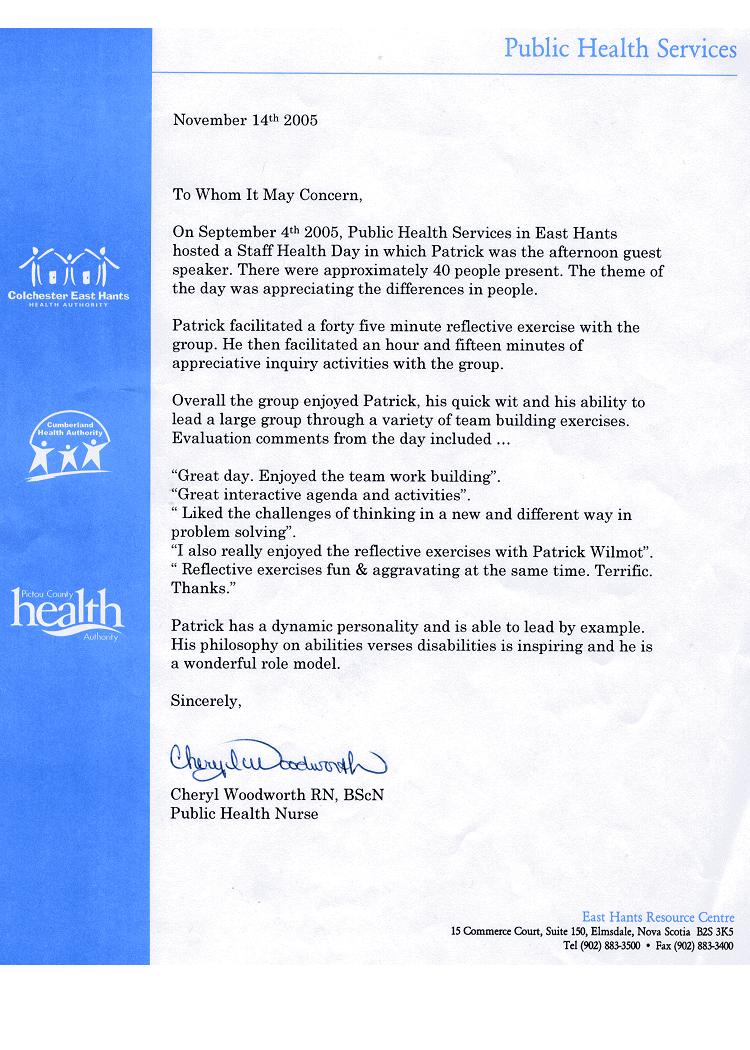
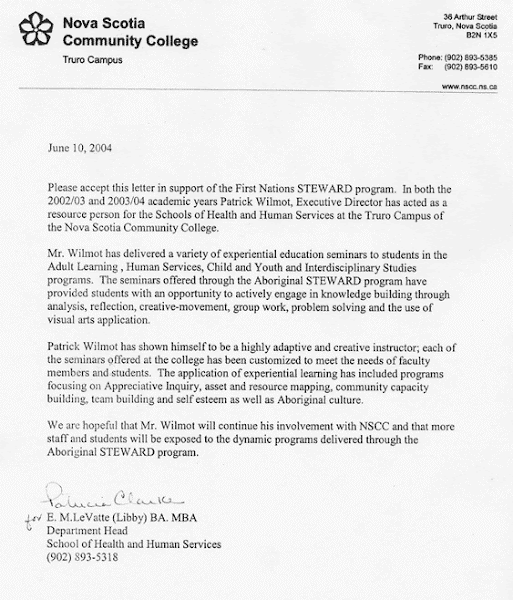
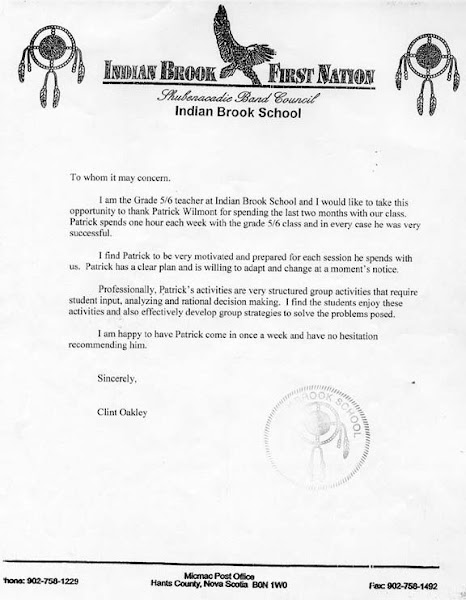
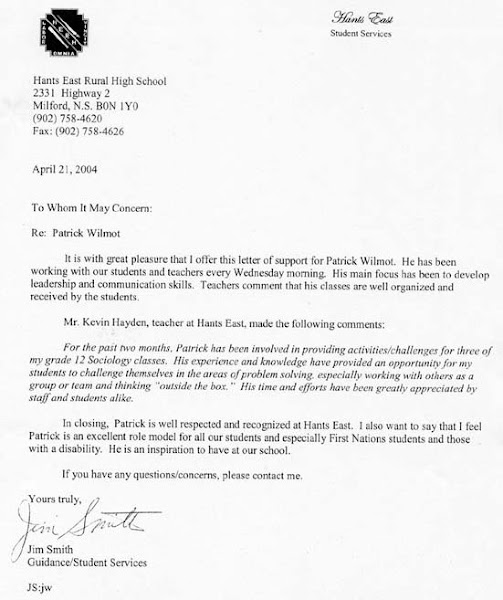
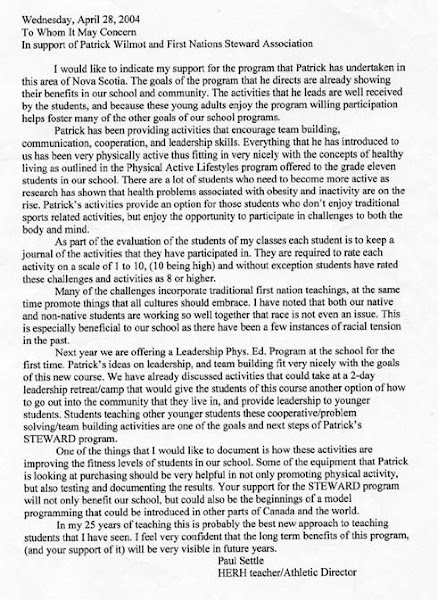

No comments:
Post a Comment